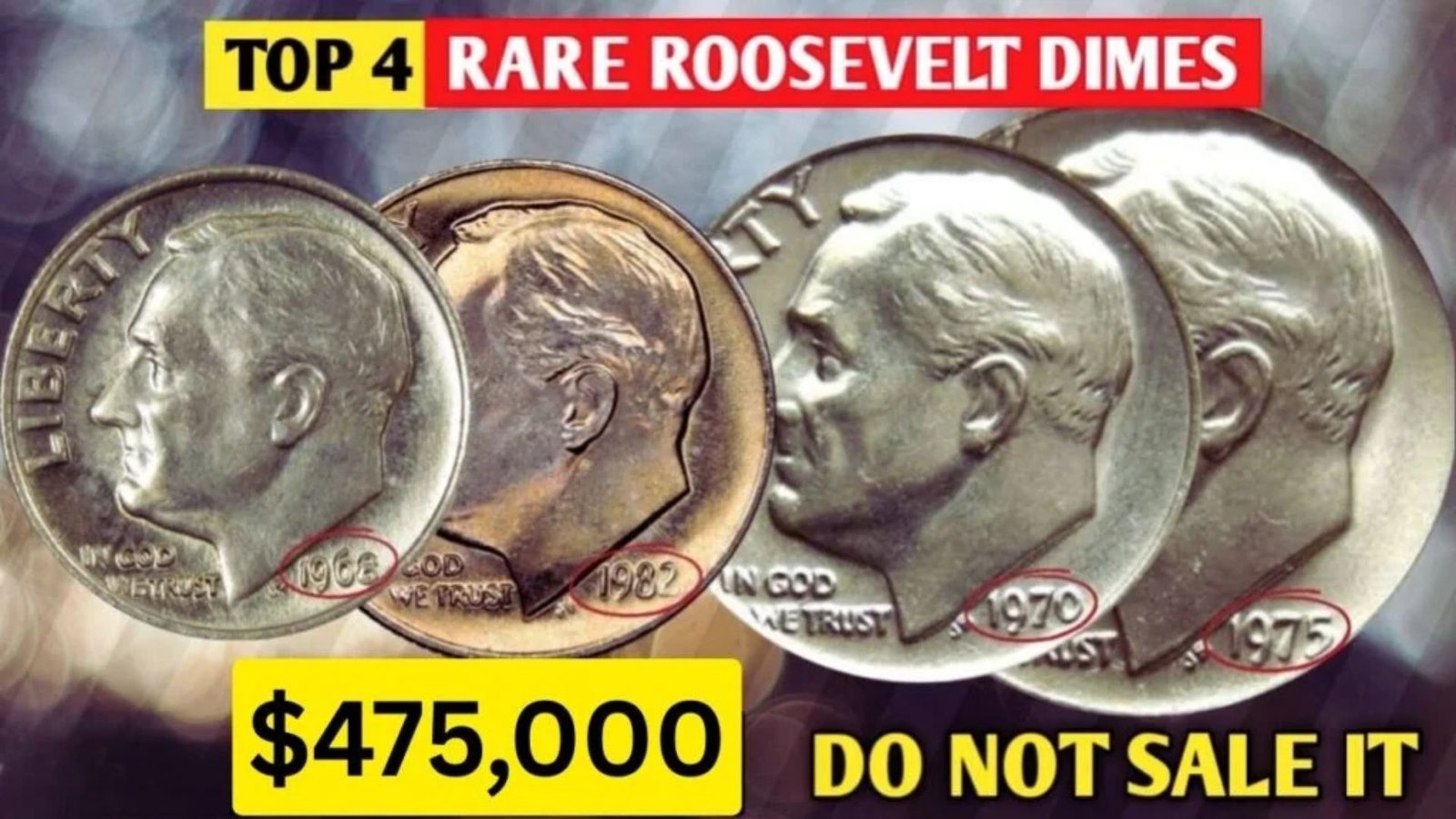Imagine finding a coin that transforms your hobby into a life-changing passion. The Sacagawea Dollar, a golden-hued treasure, has done just that for countless collectors. This article dives into its history, value, and why it’s a must-have for coin enthusiasts. Ready to uncover its secrets?
What Is the Sacagawea Dollar?
The Sacagawea Dollar is a U.S. coin introduced in 2000, honoring the Shoshone woman who guided the Lewis and Clark Expedition. Its golden color and unique design make it stand out. Collectors prize it for its beauty and rare variants, turning a simple dollar into a treasure.
The History of the Sacagawea Dollar
Launched to replace the Susan B. Anthony Dollar, the Sacagawea Dollar aimed to boost coin circulation. Designed by Glenna Goodacre, it features Sacagawea and her infant son. The coin’s manganese-brass composition gives it a distinctive golden shine, unlike any other U.S. coin.
In 2000, the U.S. Mint produced over 1.2 billion Sacagawea Dollars, but some rare versions, like the 2000-P Cheerios Dollar, became collector’s gems due to limited release. The coin’s Native American designs, updated annually since 2009, celebrate cultural heritage, adding to its allure.
Why the Sacagawea Dollar Matters Today
The Sacagawea Dollar isn’t just pocket change—it’s a collector’s dream. Rare versions, like the 2000-P Wounded Eagle, can fetch thousands at auction. Its historical significance and evolving designs keep it relevant. For collectors, it’s a gateway to a vibrant, rewarding hobby.
| Coin Variant | Estimated Value | Key Feature |
|---|---|---|
| 2000-P Cheerios | $2,000–$10,000 | Prototype design |
| 2000-P Wounded Eagle | $500–$5,000 | Die error |
| Standard Issue | $1–$5 | Common circulation |
How to Start Collecting Sacagawea Dollars
Ready to hunt for treasure? Start by checking pocket change or visiting coin shops. Online marketplaces like eBay or Heritage Auctions offer rare Sacagawea Dollars. Join collector forums to learn about grading and authenticity. Always verify a coin’s condition before buying.
- Where to Find Them: Banks, coin shows, or online platforms.
- What to Look For: Rare errors, like the Wounded Eagle or Cheerios variants.
- Storage Tips: Use protective holders to preserve coin quality.
Notable Facts About the Sacagawea Dollar
Did you know the Sacagawea Dollar was the first U.S. coin to feature a Native American woman? Or that some 2000-P coins were accidentally minted with a different reverse, creating the rare Cheerios Dollar? These quirks make every coin a potential jackpot.
| Year | Notable Event | Impact on Collectors |
|---|---|---|
| 2000 | Cheerios Dollar released | High demand, high value |
| 2009 | Native American series began | Increased design variety |
| 2019 | Wounded Eagle error found | Spiked collector interest |
Expert Tips for Collectors
- Research Errors: Rare Sacagawea Dollar errors, like die cracks, can skyrocket in value.
- Get Certified: Use grading services like PCGS or NGC for authenticity.
- Network: Join clubs like the American Numismatic Association for insider tips.
- Stay Updated: Follow auction sites for new rare coin listings.
- Patience Pays: Rare coins take time to find but can transform your collection.
Frequently Asked Questions (FAQs)
Q: What makes a Sacagawea Dollar valuable?
A: Rarity, condition, and errors like the Wounded Eagle or Cheerios design drive value.
Q: Where can I find rare Sacagawea Dollars?
A: Check coin shops, online auctions, or collector communities for rare finds.
Q: How do I know if my coin is authentic?
A: Use professional grading services or consult experienced collectors for verification.
Q: Are Sacagawea Dollars still minted?
A: Yes, but mainly for collectors since 2012, with new Native American designs annually.
Conclusion
The Sacagawea Dollar is more than a coin—it’s a gateway to history, adventure, and wealth for collectors. From its unique design to rare variants worth thousands, it captivates hobbyists worldwide. Start your collection today, share your finds, or explore more numismatic treasures!

